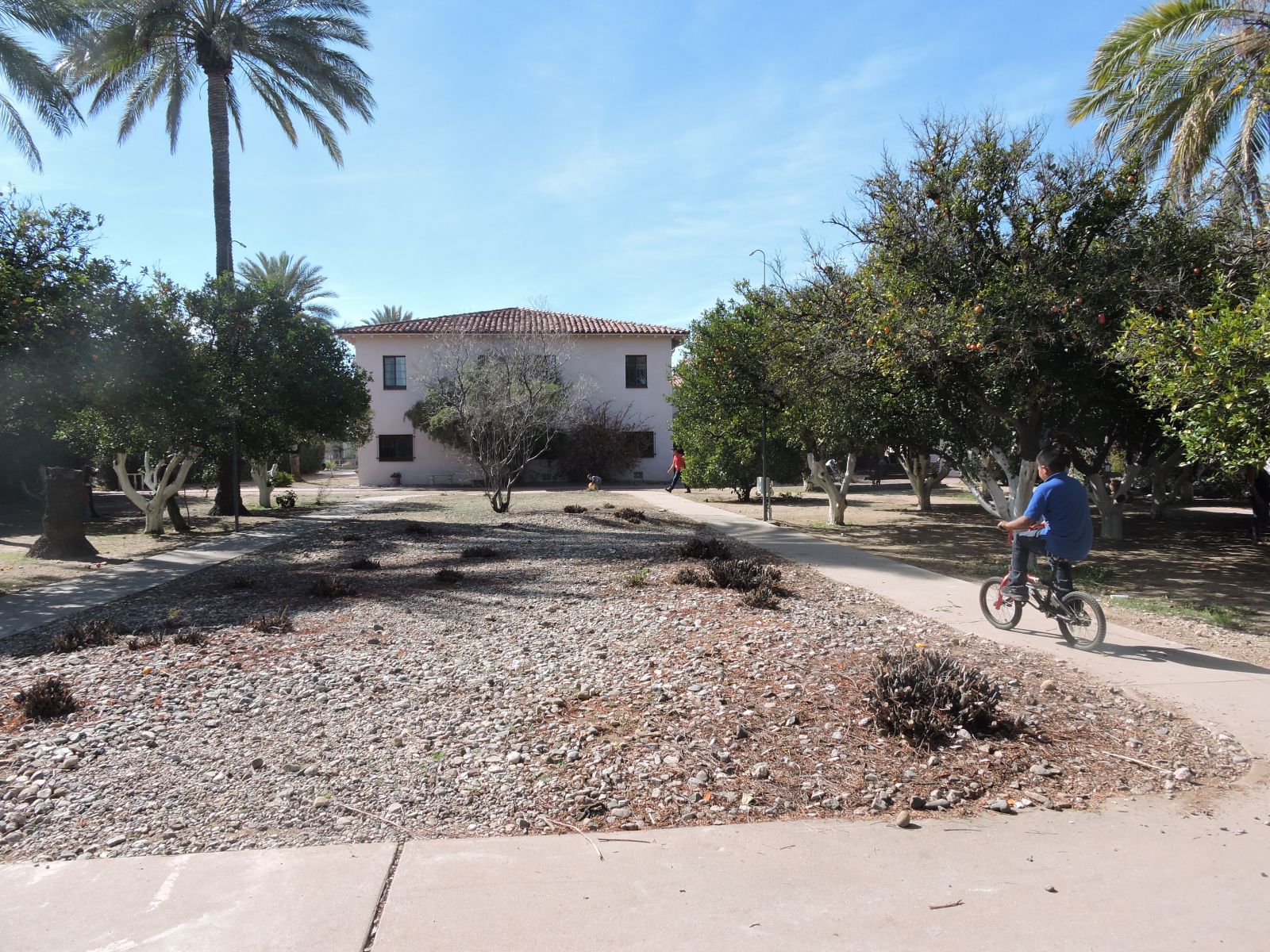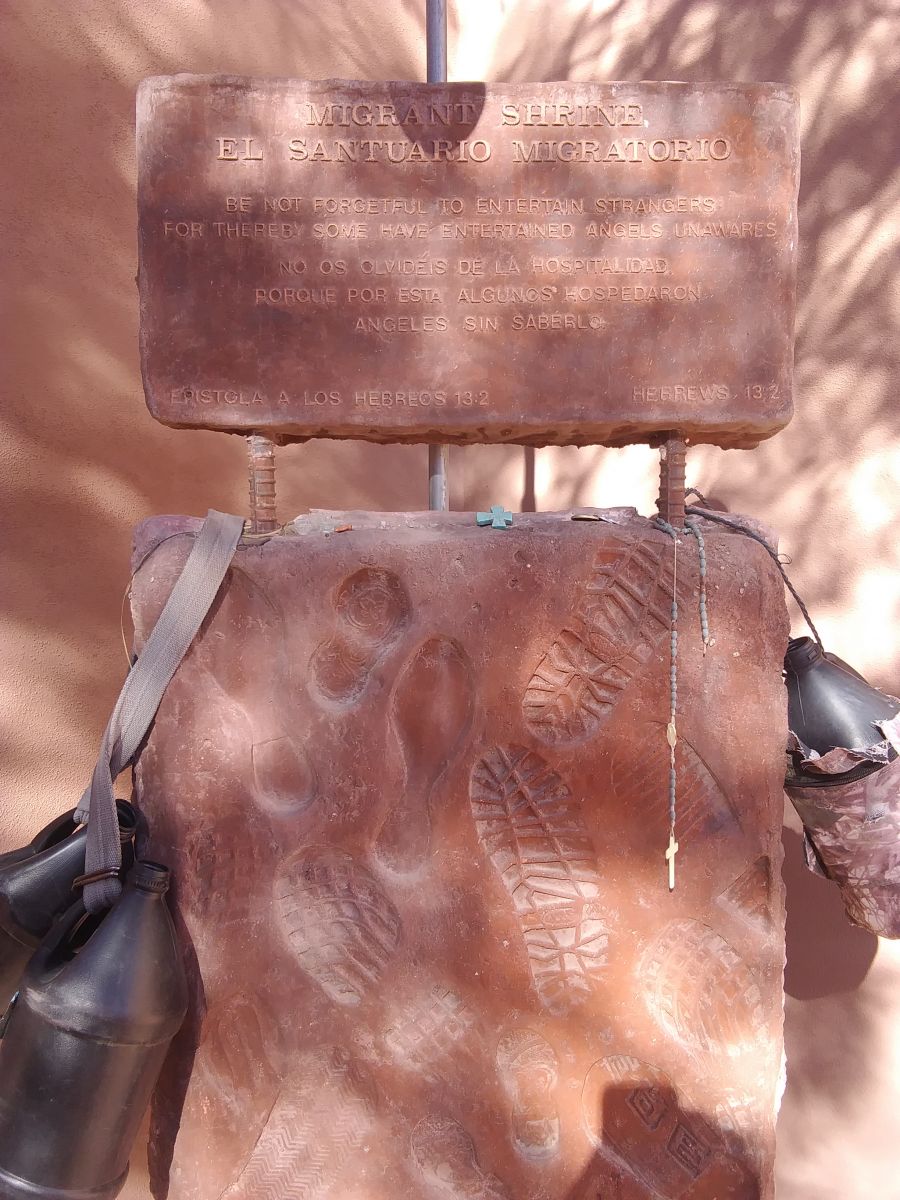| |
|
|
Archive
|
| Beyond Borders: Redefining Sanctuary in the American Southwest |
| July 11, 2019 |
Countless migrants pass through Tucson every day. What happens when people start thinking beyond the walls of physical sanctuary, and aid migrants in new ways? |
|
|
|
|
|
|
|
| For an old monastery, a second life |
July 11, 2019 |
|
Sick, tired and hopeful, Central American migrants are bused daily from a detention center to a former Benedictine monastery in Tucson, Ariz., where a small army of volunteers offers showers, fresh clothes and medical treatment. It serves as a weigh station between the ever-present violence and grinding poverty of their home countries, and what they hope will be a new life of safety and opportunity. We talk to both to migrants and the people who have been moved to help them, from the many volunteers who spend day and night at the shelter, to the man who found himself the owner of this historic and – to many – sacred property.
Learn more about the shelter's operations here.

Many enjoy spending time in the monastery's orange groves. These will eventually be removed for the construction of condominiums.
|
|
|
|
 |
|
| The Sanctuary Movement: Then and Now |
July 11, 2019 |
|
In the 1980’s, violent upheaval in Central America led congregations, primarily Christian, to offer sanctuary to immigrants facing deportation to El Salvador and other war-torn countries. Many leaders in the movement broke the law as they sought to shelter migrants from law enforcement. Today, a new sanctuary movement, representing many faith communities, defines sanctuary more broadly. We talk to those on the front lines of this new movement, which still relies on law enforcement’s disinclination to enter a house of worship, but also looks for other ways to keep migrants safe.
AmyBeth Willis, lead organizer of the Southern Arizona Sanctuary Coalition
Sarah Roberts, resident of Tucson, nurse, and member of Southside Presbyterian Church

This shrine to migrants sits in the church's courtyard.
|
|
|
|
 |
|
| The Echos of Anti-Catholicism Today |
July 11, 2019 |
|
We talk to Daisy Vargas, whose current work traces the history of anti-Mexican and anti-Catholic bias in the U.S. She begins with the end of the Mexican-American War, which saw the absorption of a large swath of Mexico into the U.S., and with it, tens of thousands of mostly Catholic Mexicans. Their arrival exacerbated tensions between the dominant Protestant culture of the country and its new citizens, whose Catholicism was often stereotyped as darkly superstitious. Vargas holds that these misconceptions of Mexican Catholicism persist, as evidenced by the confiscation of religious objects in detention centers and racial profiling by law enforcement throughout the country.
Daisy Vargas, assistant professor of religious studies, University of Arizona
Many migrants' belongings are confiscated while they are in U.S. custody. The shelter at the former Benedictine monastery offers rosaries to anyone who wants one.
Photography by Melissa Feito
|
|
|
|
 |
|
|
|
|
|
|
|
|